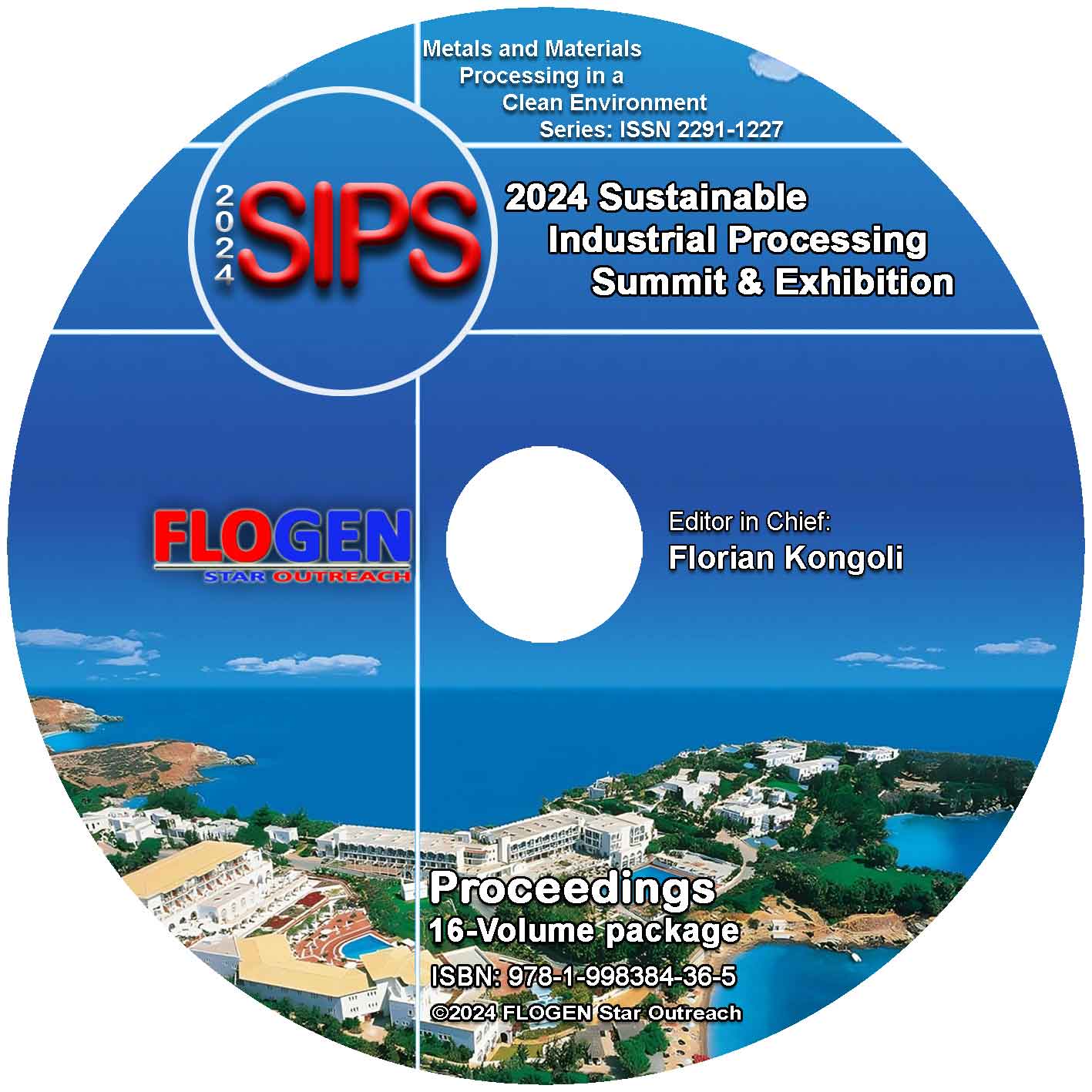2024 - Sustainable Industrial Processing Summit
SIPS 2024 Volume 1. Abe Intl. Symp. / Oxidative Stress and Technological Innovations in Medicine
| Editors: | F. Kongoli, H. Inufusa, T. Yoshikawa, C.A. Amatore, H-Y. Chen, W-H. Huang |
| Publisher: | Flogen Star OUTREACH |
| Publication date: | 23 December 2024 |
| Pages: | 218 pages |
| ISBN: | 978-1-998384-04-4 (CD) |
| ISSN: | 2291-1227 (Metals and Materials Processing in a Clean Environment Series) |

CD shopping page
POSSIBLE INVOLVEMENT OF OXIDATIVE STRESS IN VOCAL LOADING INDUCED BY BRAINSTEM VOCALIZATION IN GUINEA PIGS
Yoichiro Sugiyama1; Mami Kaneko2; Yuki Sato1; Shigeru Hirano2; Haruhiko Inufusa3; Toshikazu Yoshikawa4;1SAGA UNIVERSITY, Saga, Japan; 2KYOTO PREFECTURAL UNIVERSITY OF MEDICINE, Kyoto, Japan; 3GIFU UNIVERSITY, Gifu, Japan; 4LOUIS PASTEUR CENTER, Kyoto, Japan;
Type of Paper: Invited
Id Paper: 147
Topic: 54
Abstract:
Vocalization is a complex laryngeal function that involves intricate neuronal networks in the brain. This function depends on vocal fold vibration, which requires adequate subglottic pressure, vocal fold adduction, and tension. However, excessive use of vocal folds can damage the tissue structure of the vocal folds, as well as the laryngeal and respiratory muscles, possibly due to oxidative stress. Therefore, we conducted a study investigating whether vocal loading could lead to functional deterioration of the vocal-related muscles.
Thus, we achieved an animal model, in which excessive vocal fold use induces hoarseness, produced by repetitive forced vocalization triggered by electrical stimulation of the midbrain periaqueductal grey in guinea pigs.
To examine oxidative stress of the laryngeal and respiratory muscles of vocal-loaded animals, we then compared the formation of malondialdehyde protein adducts of the laryngeal and respiratory muscles for a representative vocal-loaded animal with a control animal. The intralaryngeal and expiratory respiratory muscles showed higher levels of malondialdehyde in a vocal-loaded animal.
While additional experiments are required to substantiate this hypothesis, these results may give a new perspective on evaluating vocal fatigue in individuals who use their voices excessively. They may also help identify potential interventions or treatments for vocal disorders.